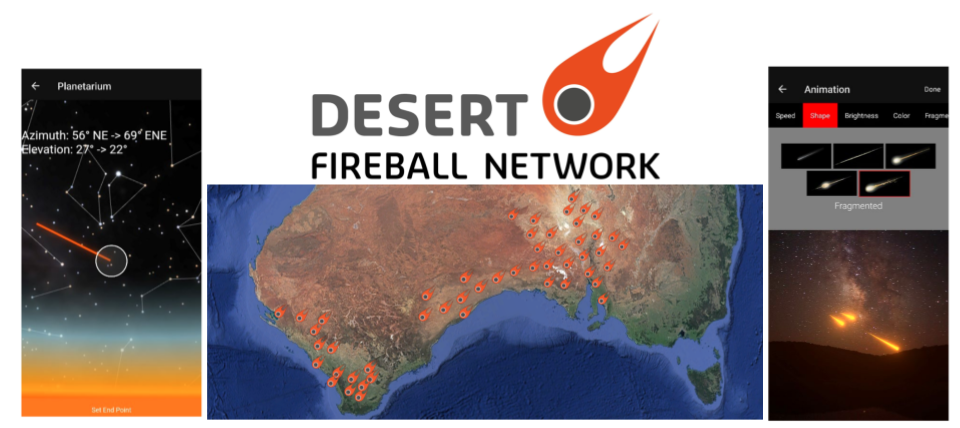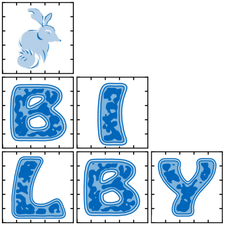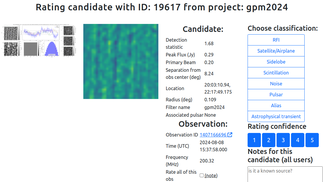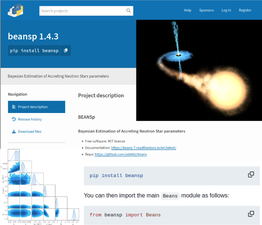
In a previous semester ADACS conducted a code audit for the Fireballs in the sky app (see here). This audit resulted in a detailed plan for all the work needed to reimplement the app, and to incorporate new features. In short, the goals for this semester were to use React Native to create a 3d planetarium viewer that would allow users to trace the trajectory of a meteor, indicate the brightness and colour, and make notes about fragmentation and sounds.
New features for this app include:
During 2024B the main focus of the project was to demonstrate the core features of the app: a planetarium viewer and fireball simulation tool that allows users to report the important features of a fireball including it's path across the sky, it's brightness and speed, it's colour, and whether there was any audible sounds present.
During the 2025A semester, the focus was creating an MVP app that included all the features listed above. Additionally the app was deployed to the Google Play store for testing by the science team, and the iOS version was deployed on test devices.

Check out some of our other projects.

Parallel Bilby is a gravitational wave inference code that was running inefficiently. ADACS analysed the code to identify bottlenecks and gave recommendations on how to improve its performance.

A web app to allow astronomers to quickly and easily classify transient candidates, with links to external data sources, and the ability to download subsets of data for local exploration.

BEANSp is a software tool developed to simulate Bayesian Estimation of Accreting Neutron Star parameters. The role of the ADACS support in this project was to analyse the code and suggest and implement improvements.